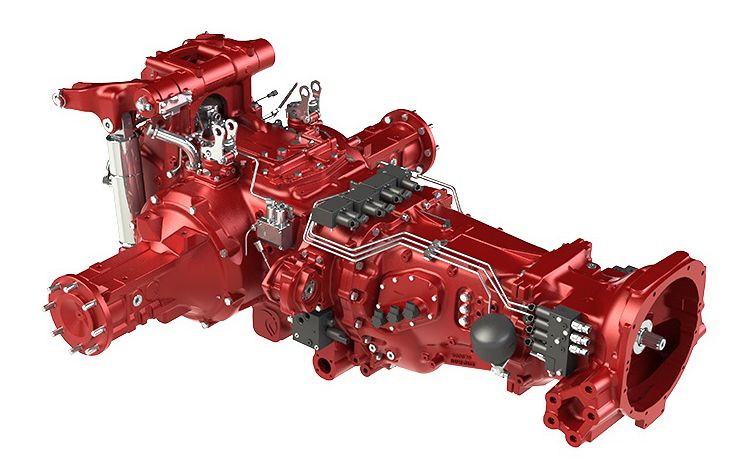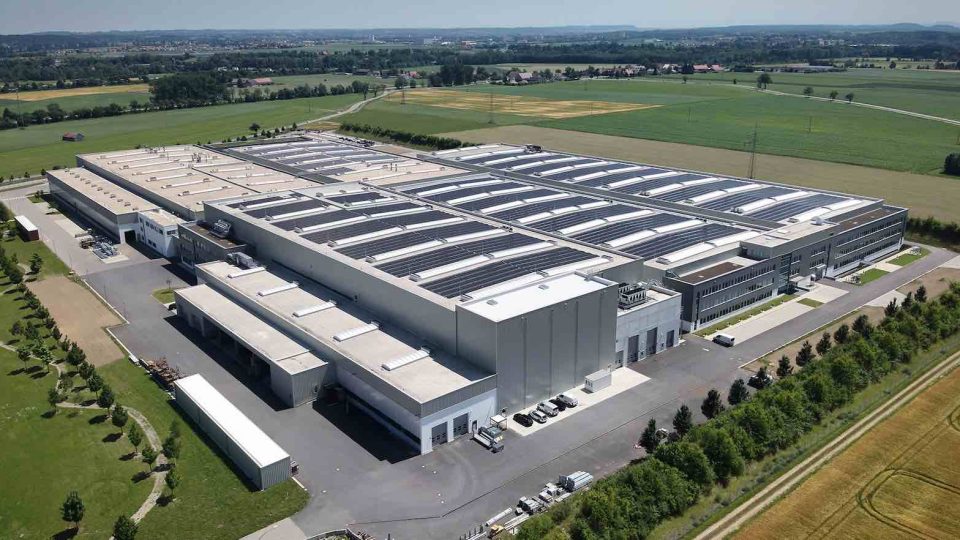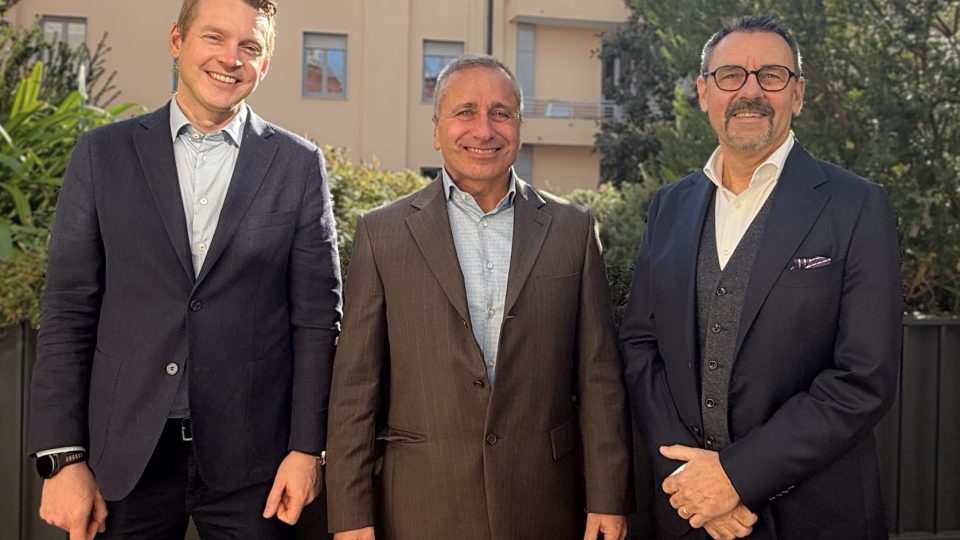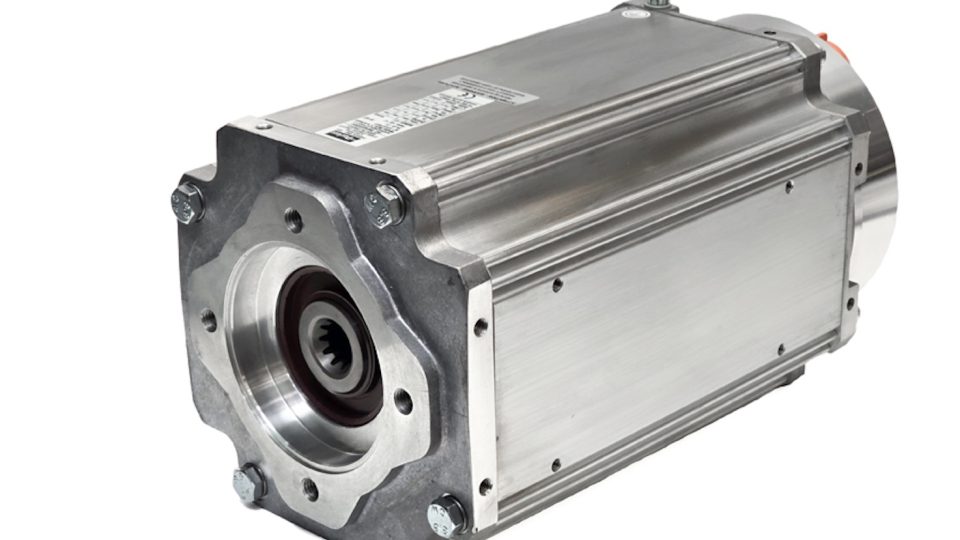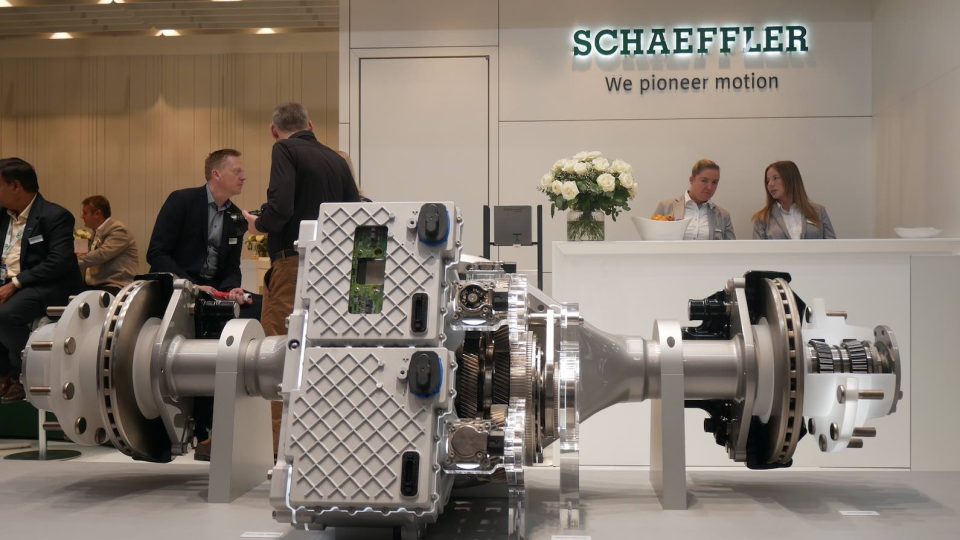Smesh-E-Axle has a revolution in mind
«For the sake of efficiency, it goes without saying that the shortest possible path to create torque at the wheels is the best. We do that by placing the motors exactly between the wheels and make them spin in parallel. Next, when you want to set a 40 metric tons vehicle in motion, you need a lot of motor power to create torque», told us Marketing Manager Rino Both.
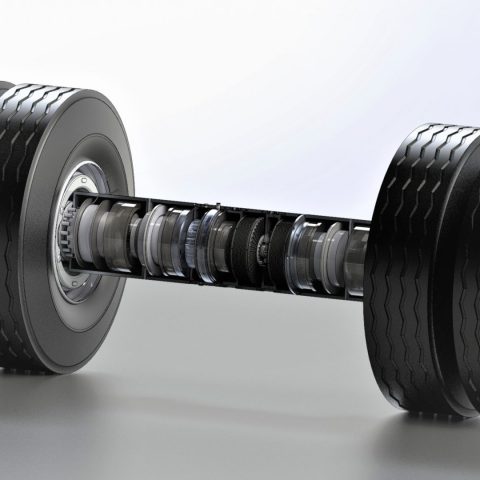
Dutch specialist Smesh-E-Axle has developed a brand-new powerful and compact powertrain, capable to maintain high efficiency no matter what energy carrier is used. The prototype has undergone several internal tests and some more external and field tests will be carried out soon. We’ve interviewed Smesh-E-Axle’s Marketing Manager Rino Both, who told us more about the company, the newly-developed technology, as well as future prospects and possible applications in the truck sector.
Smesh-E-Axle for truck powertrain: how it all began
Mr Both, could you tell us how and why the Smesh-E-Axle project came up in 2018?
«Back in 2018, Leon Lauwers and Wuf van Ginkel sat down together. Leon, inventor of the SmeshGear transmission, and Wuf, truck builder and Paris-Dakar veteran with his Ginaf Rally power team, had a discussion about the first prototypes of electric trucks shown by manufacturers. What struck them was that, without exception, these were built on the old powertrain designed over 100 years ago for a diesel truck. Such a question kept them busy for a while and later that year, a meeting was organized with specialists from various fields and they literally mapped out on an empty canvas what the ideal powertrain for electric trucks should look like. What choices do you make if you are not hindered by legacy? When professionals from the truck industry responded enthusiastically to the idea, it was decided to ‘just do it’».
«We have cut through conventional thinking»
Smesh-E-Axle want to tackle the issue of efficiency by finding a different way. How is it technically possible?
«In essence, we have cut through conventional thinking on truck powertrains and clearly defined which essential functionalities are required for electric heavy-duty vehicles. First of all, we have eliminated all the components that should not have been there in the first place, like pinion wheels, for example.
For the sake of efficiency, it goes without saying that the shortest possible path to create torque at the wheels is the best. We do that by placing the motors exactly between the wheels and make them spin in parallel. Next, when you want to set a 40 metric tons vehicle in motion, you need a lot of motor power to create torque. Instead of using the commonly used large centrally placed motor we use two small motors combined with an eight-speed transmission to increase the torque until the vehicle moves. With these gears, we ensure that the two working areas, ‘accelerate’ and ‘maintain cruise speed’, both have their own deceleration. This prevents damage, increases battery life, makes use of engine power more efficiently and opens the door for smaller motor capacity and more range».

What can we say about the electric motors used?
«We use two standard off-the-shelf 105 kW motors to drive-off, accelerate and regenerate brake energy. Once the truck is at cruise speed it only needs a limited amount of motor power and then we switch off the second motor to ensure the remaining one keeps on operating in its optimal rpm range».
The big challenge here is to have a transmission that is able to run in the same direction as the motors and wheels, and not perpendicular like conventional gearboxes.
«This is where the SmeshGear technology comes in. A small and strong mechanical gearbox that enables us to build the entire powertrain coaxially. As a result, the entire powertrain in front of the rear axle is made redundant, and with it all unnecessary resistance».
How can such a compact system provide power to heavy-duty trucks?
«First of all, let me explain why compactness is essential to large heavy-duty trucks. One of the biggest challenges for electric truck builders today is the very limited mounting space. Our compact powertrain creates 50 percent more mounting space, which makes a huge difference and allows you to take more energy carriers on board or simply save weight to increase efficiency. The next challenge is weight. A higher truck weight comes directly at the expense of payload, which is what entrepreneurs need to make a living. We shave off at least 1.000 kg of weight. Back to the compact power. Archimedes understood the principle of leverage better than any other. With a long enough lever Archimedes believed he could move our world. The SmeshGear transmission system uses this principle and its planetary gears act as rotating levers, creating enormous wheel torque with two small motors. And because the Smesh-E-axle is so powerful, heavy work is made easy and it is sufficient to use nominal powers only, which keeps energy consumption down».
Is the system a modular one, to be adapted to different requirements depending on the characteristics of the vehicle?
«Absolutely. The current prototype has been designed with a 40 ton GVW 4×2 tractor truck in mind, a commonly used vehicle in Europe. The beauty is that a 6×4 can simply have 2 powered Smesh-E-Axles of which one can be switched of and lifted when not needed, again improving efficiency.In the future, we can design several Smesh-E-Axles based on the intended use of the truck. A successful transport solution can be achieved by applying more or less gears or engine power».
Has the Smesh-E-Axle some limitations in terms of traction, thinking of challenging routes, for instance?
«There will always be limitations, of course. Nevertheless, it is expected that Smesh-E-Axle will have a wheel torque of around 75.000 Nm and, to be honest, we have limited the torque output. This prototype explores what you can do with relatively low motor power, using 210 kW nominal power only. And that’s quite extreme. We now want to show what is possible with this powertrain and after that design the best suitable solution.
One of the biggest challenges for electric trucks is to drive on slopes and in mountainous areas. Thanks to the SmeshGear, a Smesh-E-Axle equipped electric truck will always reach its destination at the top. Because we use nominal power only we do not overload the power supply or motors and can produce the desired traction for as long as the energy supply reaches. You could say we are an endurance sporter. Further testing will reveal what the optimum motor power is to make sure the truck keeps its desired speed on ascending roads».

Ongoing testing and possible applications
We know some third-party testing will be carried out this winter. What about the next steps of the project?
«The original plan was to have the Smesh-E-Axle officially tested this summer, but like everyone else in the industry we have to deal with longer lead times in the supply chain. We expect that the independent performance test will now take place this winter at Greenmot, in France. This laboratory test will provide us with externally validated proof of our concept.
During the first half of this year, we were able to test the Smesh-E-Axle extensively ourselves, and the results look very promising. We were able to measure a wheel torque of well over 49,000 Nm at a nominal load of around 60 percent of the motor power. Based on this result and our calculations, we can say that we are stronger than a diesel truck and beat electric trucks 3-to-1. At the same time, we estimate that we can reduce the energy consumption of an electric truck by 50 percent.
Based on the outcomes of the official test we will optimize the concept and design and produce a small series of Smesh-E-Axles which will be built into a number of different trucks to test and validate under real world conditions. This will be the real litmus test everyone is waiting for. At the same time, we are looking for a production partner. Small-scale production we can handle ourselves, but for upscaling we think a solid partner will increase the chances of a successful launch and shorten our time to market. We are convinced that the market is ready for it».
Which are the major applications you have imagined for the Smesh-E-Axle? What kind of trucks may be more suitable for such a solution?
«Our focus is on heavy-duty road vehicles, predominantly tractor trailer combinations, with one or multiple Smesh-E-Axles. And one of our next steps can be the development of powered steering axles, to enable the design of e.g. 4×4 trucks with lower chassis».





